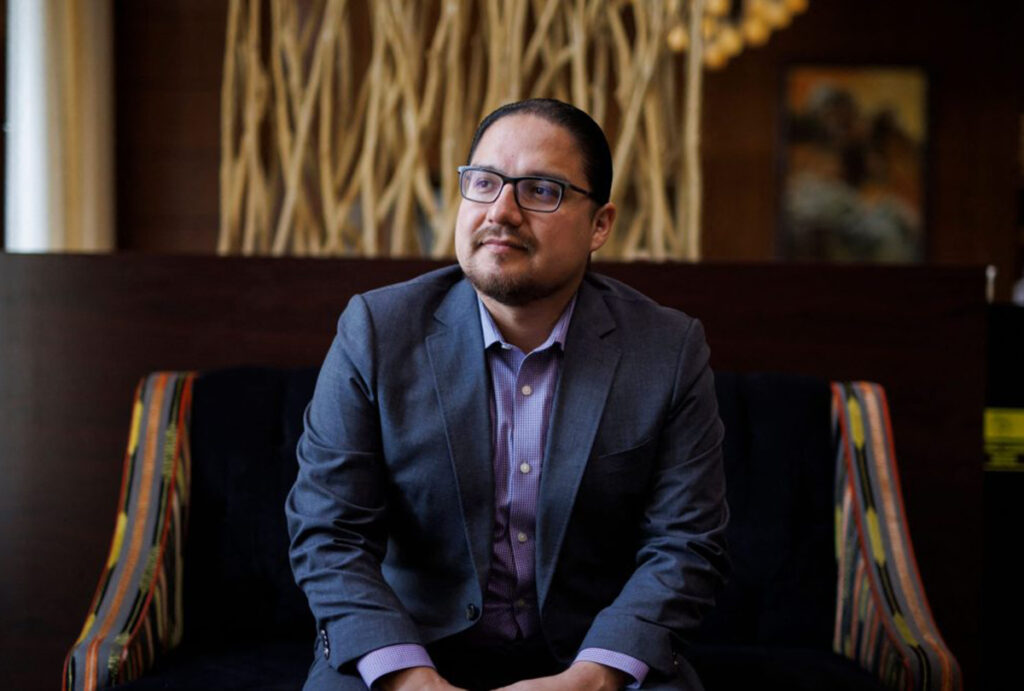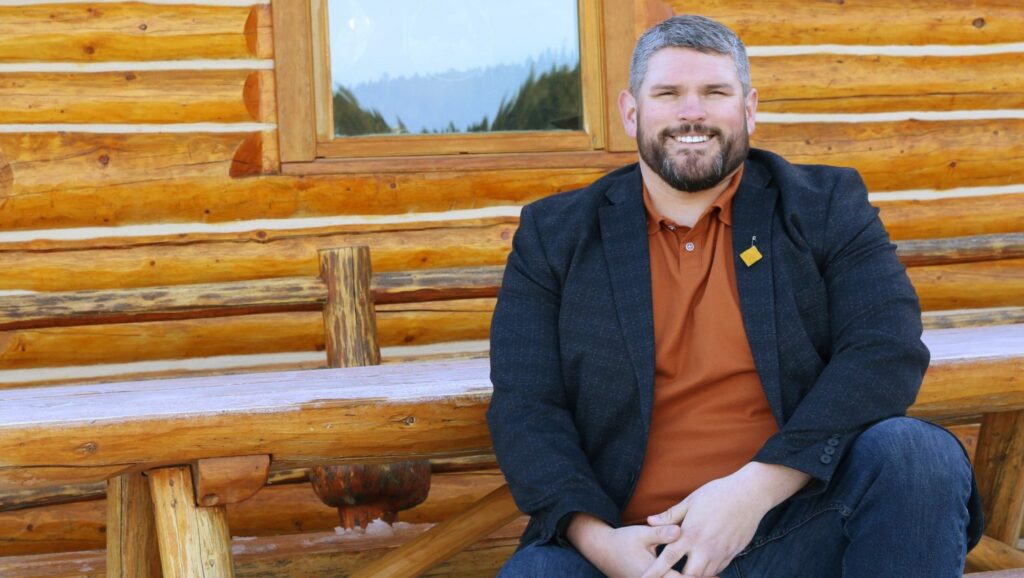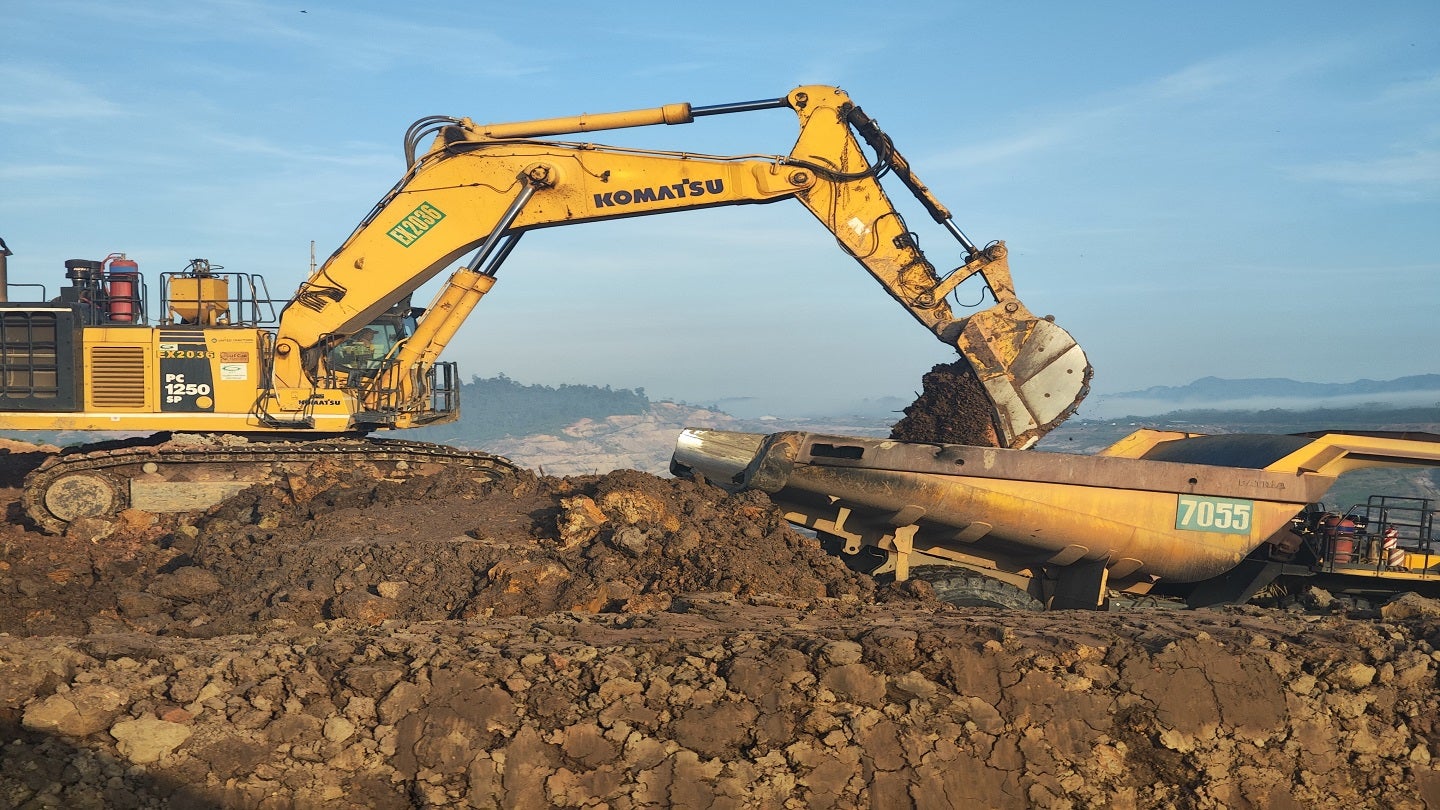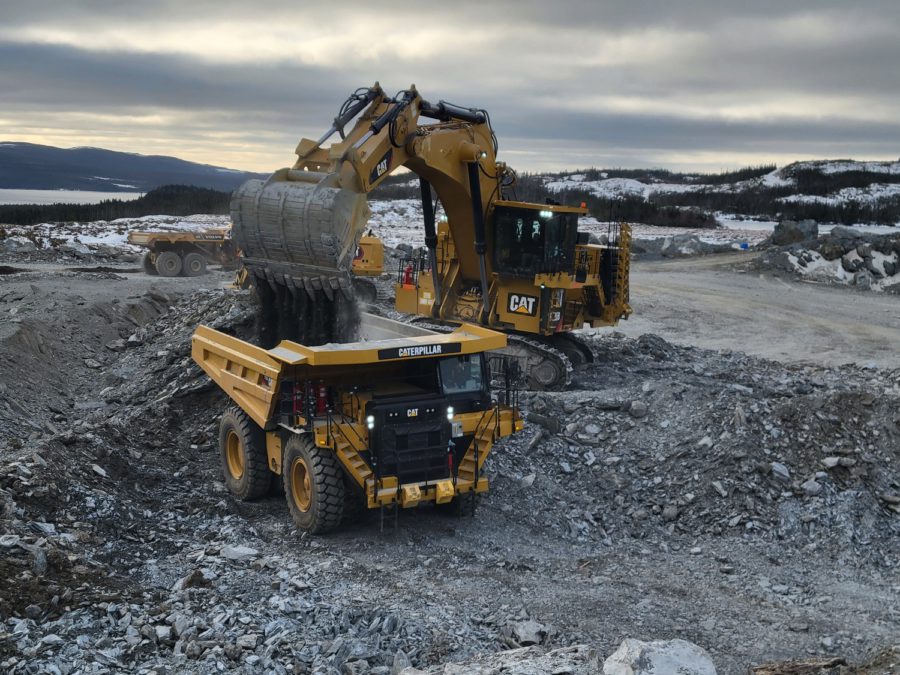‘Indigenous involvement ensures everybody wins – communities, business, governments and the natural world around us’
By Will Gibson
Follow CEC on Linkedin CEC Linkedin
Follow CEC on Facebook CEC Facebook
Follow CEC on Twitter CEC Twitter

Billy Morin, former chief of the Enoch Cree Nation, is in Dubai for COP28. Seen here at the nation’s River Cree Resort and Casino, outside of Edmonton on June 7, 2022. Getty Images Photo
Billy Morin, former chief of the Enoch Cree Nation in Alberta, is in Dubai for the COP28 climate conference to proclaim Canada’s “Indigenous Advantage” in carbon capture and storage (CCS).
“It’s an advantage Canada has come to recognize, whether you are an investment banker on Bay Street or one of the major oil sands companies operating in Fort McMurray. There’s a real benefit gained by involving Indigenous communities and people in your project,” says Morin, managing director with Axxcelus Capital Advisory, which specializes in facilitating equity ownership for Indigenous nations in large energy infrastructure projects.
“For everybody to win, CCS will require Indigenous involvement…This is a good story to share at COP28 that will make a difference with the rest of the world when it comes to Indigenous involvement in CCS and development of other natural resources.”
Partnering on CCS
Industry’s willingness to engage with Indigenous communities on CCS is evident in major deals reached for equity partnerships for new projects in the Edmonton region.
Last year Enbridge signed an agreement with four Treaty 6 First Nations to partner on the proposed Open Access Wabamun Carbon Hub. The deal also includes a provision for the Lac St. Anne Métis Community to join in future CCUS development.
Meanwhile, Wolf Midstream and Whitecap Resources signed a similar agreement with those same four Treaty 6 communities – the Alexander First Nation, Alexis Nakota Sioux First Nation, Enoch Cree First Nation and Paul First Nation – on a separate CCS hub in the same region.
A catalyst for those agreements was the Alberta government’s decision to include Indigenous participation as part of its scoring process for new CCS project proposals.
The province expects proponents to describe benefits for Indigenous communities such as partnerships, skills training, employment and business development.

Inside the Quest CCS project at Shell’s Scotford Refinery near Edmonton. Photo courtesy Shell Canada
Growing CCS
CCS facilities around the world today have the capacity to store about 50 million tonnes of CO2 per year.
According to the Intergovernmental Panel on Climate Change, the International Energy Agency and others, to meet climate targets by 2030 the world needs CCS to store one gigatonne of CO2 per year, rising to 10 gigatonnes by 2050.
Morin says success in Canada – particularly in terms of Indigenous engagement – can help other countries deploy the technology.
“Big companies looking at projects in Africa, Asia or Australia, which has a large Indigenous population as well as opportunities with LNG and CCS, can look to the model we have developed in Canada,” he says.
“We can create energy and jobs while allowing businesses to make a profit and, at the same time, not have the concerns of Indigenous people or problems with development swept under the rug. That won’t happen anymore.”
CCS a blank slate for opportunities
Over in Saskatchewan, John Desjarlais, the executive director of the Indigenous Resource Network, shares Morin’s optimism about the industry’s early successes and its potential for Indigenous communities.
“We’ve established a good foundation that can be built on and there’s a lot of potential with CCS,” he says.
“It aligns with our expectation as a society, as well as Indigenous views on land-use stewardship. It takes a long-term view of energy production, which is also important.”
Desjarlais, a professional engineer and member of the Nehinaw Cree Métis community, is intrigued because CCS is a new industry, a blank canvas on which benefits can be created for Indigenous communities.
“We do have models for Indigenous engagement and involvement in other industries that CCS projects should adopt, such as uranium mining in northern Saskatchewan or what oil sands operators have done in northeastern Alberta,” he says.

John Desjarlais, executive director of the Indigenous Resource Network in Bragg Creek, Alta. Photo by Dave Chidley for the Canadian Energy Centre
A promising start
Morin also sees room for more dialogue about protecting treaty rights with the regulatory regime governing CCS in Canada in its early stages.
“Both the Alberta government and Alberta Energy Regulator are committed to working with us, but we have to get it right the first time. It’s not going to be easy but anything worth doing is hard,” he says.
Morin sees the reward of having those difficult conservations as coming to world events such as COP28 with a clear message.
“This builds on a promising start,” he says.
“Indigenous involvement ensures everybody wins – communities, business, governments and the natural world around us that we are seeking to protect.”
The unaltered reproduction of this content is free of charge with attribution to Canadian Energy Centre Ltd.
Share This:
Next Article




